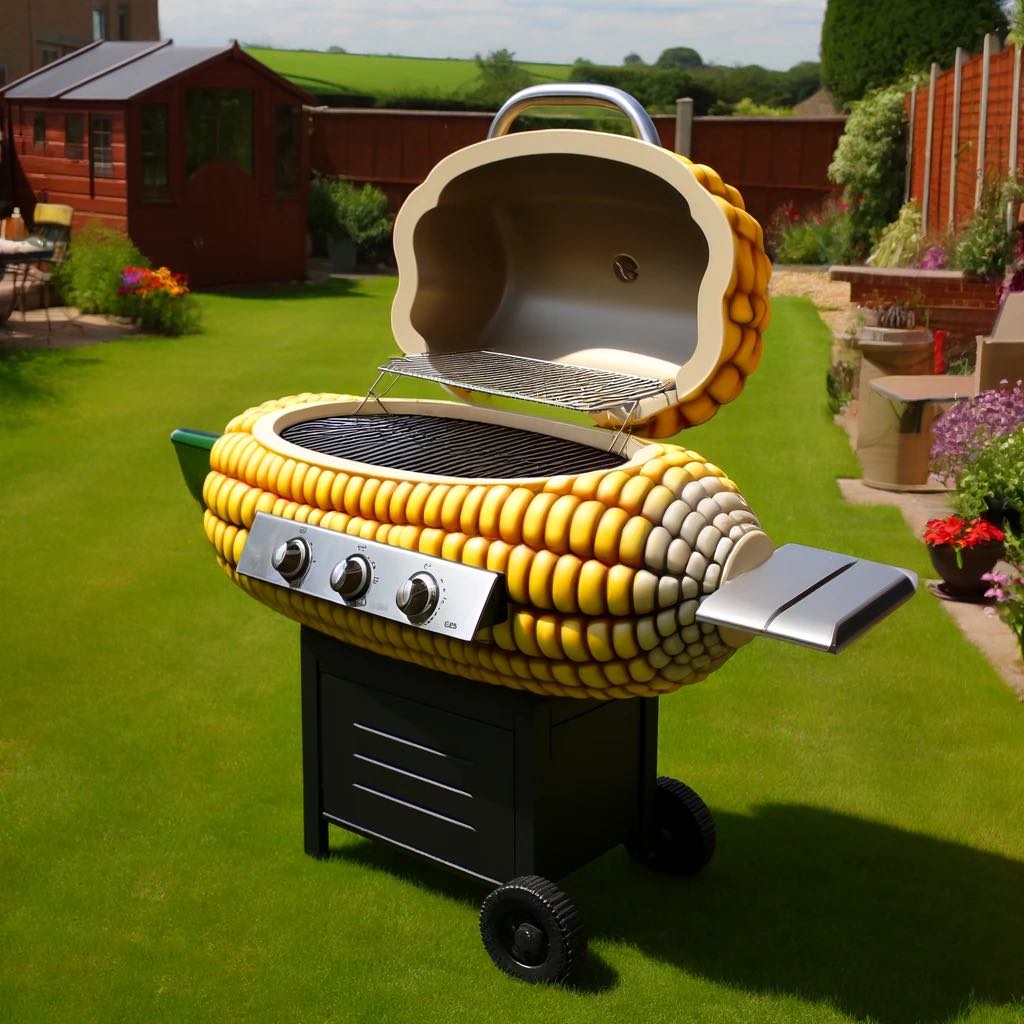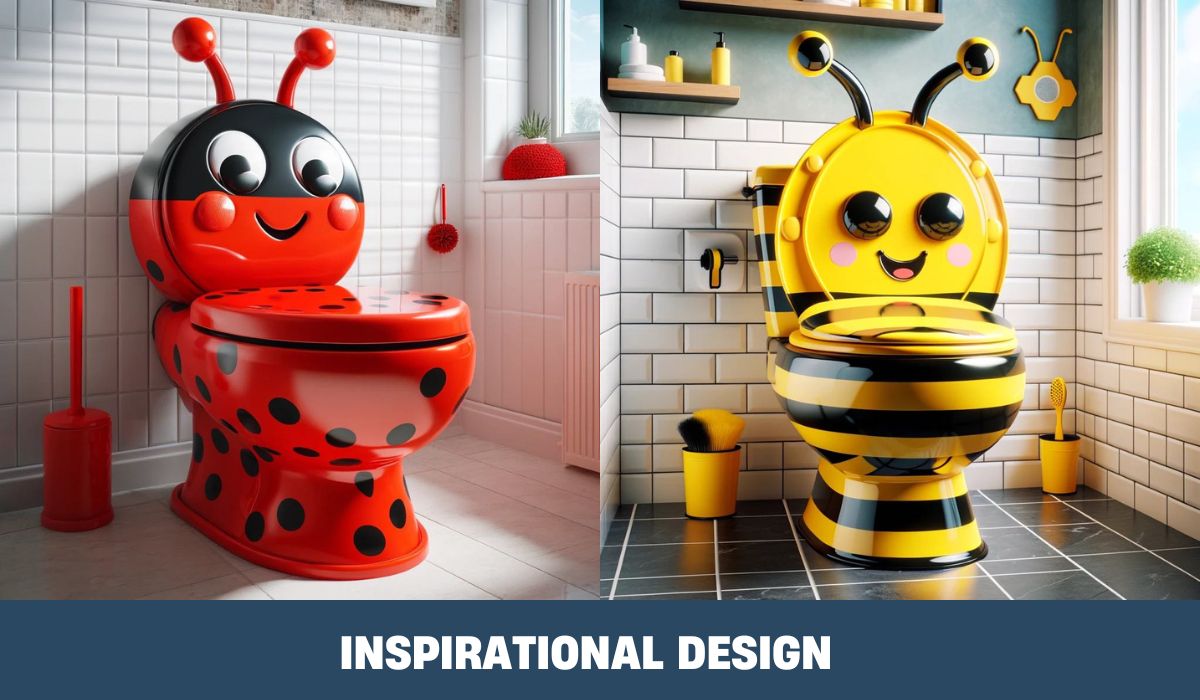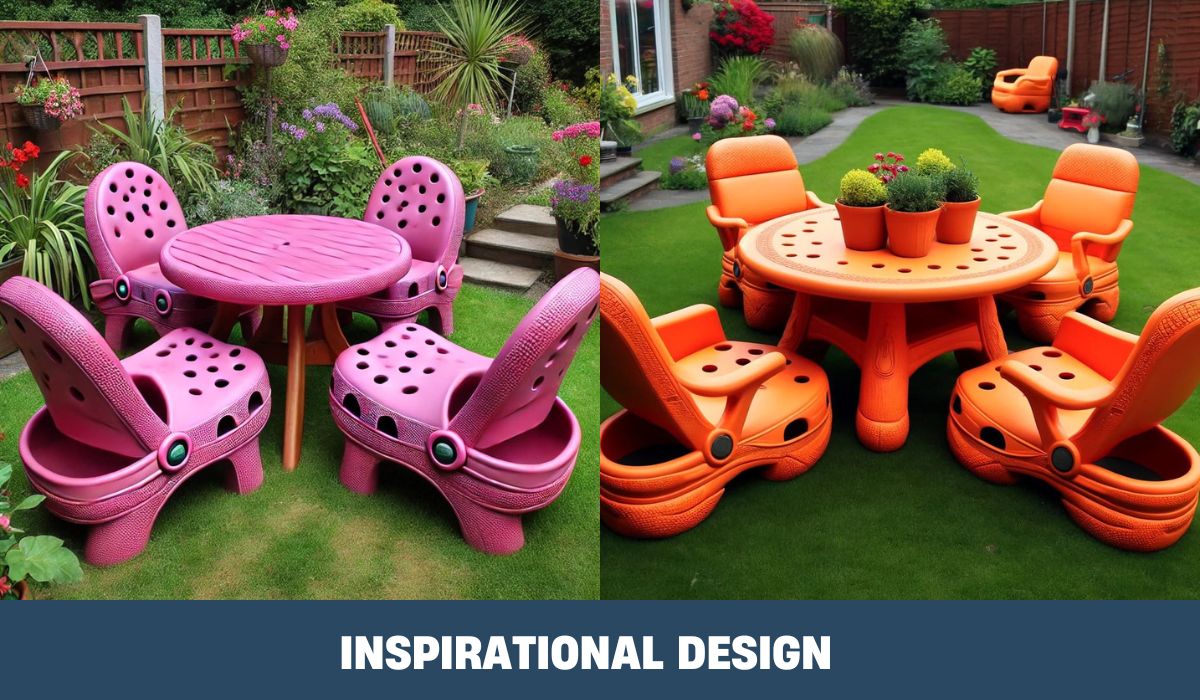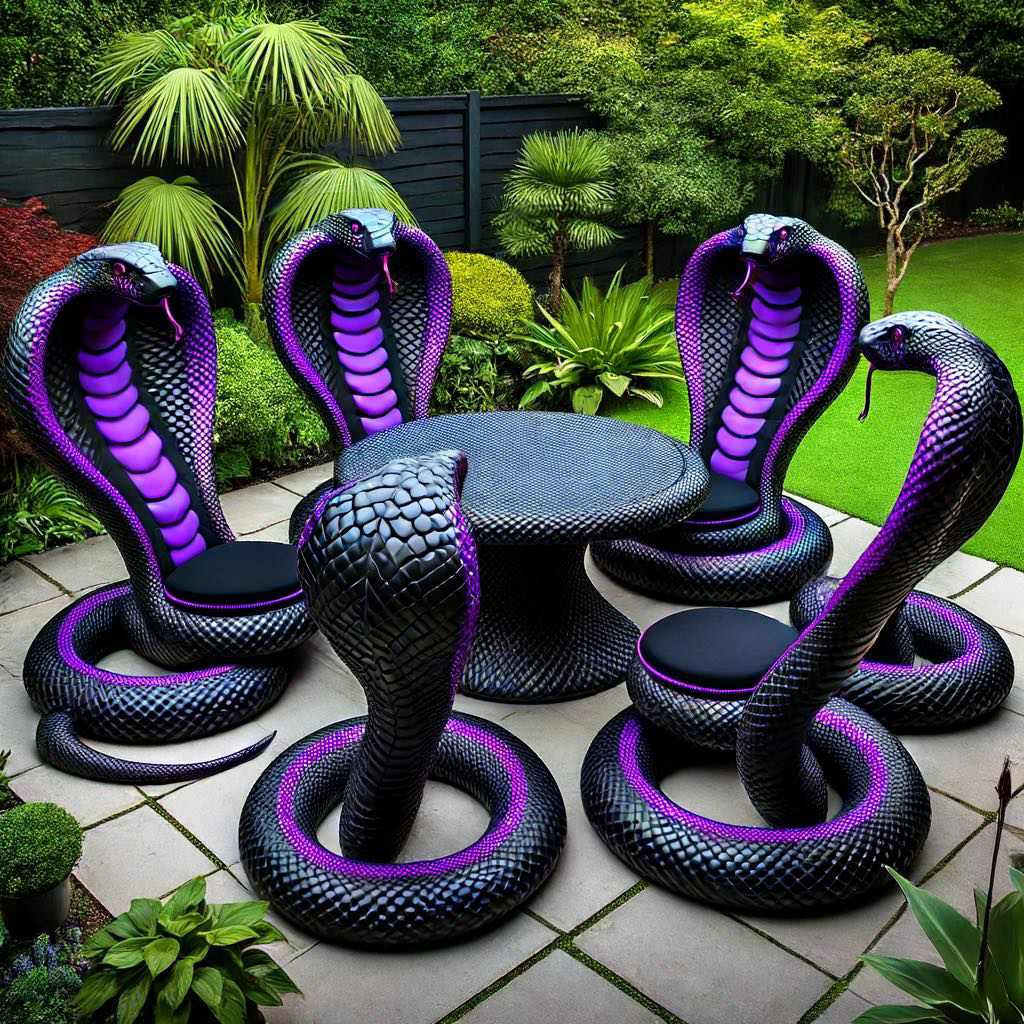Jaw Inspired Bed: Innovative Design Concept for Jaw-Shaped Beds
Experience the ultimate blend of style and comfort with the jaw inspired bed. This innovative design takes inspiration from the strength and elegance of the jawbone, offering a unique and modern aesthetic for your bedroom. Crafted to provide optimal support and relaxation, this bed combines cutting-edge design with functionality, creating a statement piece that transforms your sleeping space into a sanctuary of luxury. Elevate your bedroom decor with this striking piece that seamlessly merges artistry and comfort.
Origins of Jaw-Inspired Beds
Evolution
Beds inspired by the human jaw have a rich historical background dating back to ancient civilizations. The concept of a jaw-shaped bed has evolved over centuries, transitioning from traditional beds to more modern jaw-inspired designs.
Designers and Movements

Throughout history, many designers and movements have played a pivotal role in shaping the idea of jaw-inspired beds. Influential figures in the world of furniture design have explored the fusion of jaws and beds, creating innovative and unique pieces that challenge conventional norms.
Cultural Significance
The integration of anatomical forms, such as jaws, into furniture design carries significant cultural symbolism. It represents a harmonious blend of art, science, and functionality, reflecting society’s fascination with the human body. By incorporating custom jaw elements into bed designs, cultures around the world celebrate diversity and creativity in interior decor.
Nature and Anatomy Influences
Anatomical Marvel
Anatomical marvels in the natural world often serve as a wellspring of inspiration for innovative bed designs. The intricate details found in human anatomy and organic forms can be translated into unique and functional furniture pieces.
The individuality of each person’s jaw structure presents a fascinating avenue for designers to explore. By incorporating elements of this anatomical feature into bed frames, a sense of identity and personalization can be achieved.
Human Expression

Human expression, both in terms of physical features and emotional aspects, plays a crucial role in the design of jaw-inspired beds. The contours and curves of the jawline can be mirrored in the structure of the bed frame, creating a harmonious blend between environment and furniture.
- Pros:
- Unique and personalized design
- Reflects individual identity
- Creates a connection between nature and furniture
- Cons:
- Limited mass appeal due to specific inspiration source
- Requires careful craftsmanship to capture anatomical details accurately
Areas and Realm
Exploring the areas where nature and anatomy intersect opens up a realm of possibilities for designers. By studying the intricate details of bones and muscles, they can create bed frames that not only provide comfort but also tell a story of individuals’ unique characteristics.
Innovative bed designs inspired by human anatomy go beyond mere aesthetics; they delve into the essence of what it means to inhabit a space. The marriage of design, nature, and individuality results in furniture pieces that transcend mere functionality.
Artistic Inspirations in Design
Art Movements
Various artistic furniture pieces have drawn inspiration from different art movements, influencing the design of jaw-inspired beds. For instance, the Art Nouveau movement of the late 19th and early 20th centuries emphasized organic forms and intricate designs, reflecting in the flowing lines and natural motifs seen in jaw-like bed structures. Similarly, the Surrealist movement’s focus on dreams and imagination has inspired designers to create unconventional and artistic masterpiece beds that evoke a sense of surrealism.
Notable Artists and Designers

Noteworthy artists and designers have skillfully incorporated jaw-like elements into their work, contributing to the realm of furniture design. Renowned for his innovative approach to interior design, Zaha Hadid introduced unconventional designs that challenged traditional concepts. Her unique furniture pieces often featured bold shapes and futuristic aesthetics, resembling the distinctive structure of jaw-inspired beds. Salvador Dali, a prominent figure in the Surrealist movement, infused his artistic expression into furniture design, creating pieces that blurred the line between reality and fantasy.
Sculpture and Visual Arts
The influence of sculpture and visual arts is palpable in the design philosophy of jaw-inspired beds, adding a touch of creativity and sophistication to these unique furniture pieces. Sculptors like Constantin Brancusi, known for his minimalist yet expressive sculptures, have inspired designers to explore unconventional forms and textures in bed designs. By integrating elements of sculpture into furniture design, creators can infuse a sense of artistry and elegance into everyday objects, transforming them into inspiring additions to home decor.
Aesthetic Appeal and Visual Impact
Distinctive Characteristics
Jaw-inspired beds are known for their unique aesthetic, drawing inspiration from the human jawbone. The sleek lines, curved edges, and bold structure create a distinctive visual impact that sets them apart in the world of furniture design.
The realistic look of these beds, mimicking the shape of a jawbone, adds an element of artistic value to any bedroom space. The lifelike appearance of the bed frame can serve as a focal point, adding a touch of iconic imagery to the room.
Enhancing Bedroom Decor
The sheer novelty of jaw-inspired beds makes them a popular choice for those seeking to infuse their living spaces with a touch of trendy sophistication. Their symbolic meaning, often associated with strength and resilience, adds depth to the overall aesthetic appeal of the room.
By incorporating a jaw-inspired bed into a bedroom, individuals can elevate the visual spectacle of the space. The bed’s self-assured approach to design can transform an ordinary room into a stylish sanctuary, reflecting the owner’s sense of style and personality.
Emotional Responses
The bold aesthetics of jaw-inspired beds can evoke powerful emotional responses in individuals. The striking design elements and daring silhouette of these beds often elicit feelings of admiration and intrigue, sparking conversations and drawing attention to the room’s decor.
For some, the sight of a jaw-inspired bed may evoke a sense of wonder and fascination, prompting them to explore the deeper significance behind the design. Others may feel a surge of inspiration when surrounded by such innovative and visually stimulating furniture pieces.
Material and Color Choices
Common Materials
Jaw-inspired beds are often crafted using metal frames, providing a sturdy and durable foundation for the unique design. These beds may incorporate wooden elements to add warmth and a touch of nature to the overall aesthetic. The combination of metal and wood creates a striking contrast that appeals to many buyers seeking a blend of modernity and traditional craftsmanship.
Impact of Color Schemes

The bold colors chosen for jaw-inspired beds play a crucial role in defining their visual impact. Vibrant hues like deep blues, rich reds, or sleek blacks can enhance the bed’s dramatic silhouette, making it a compelling choice for those looking to make a statement in their bedroom decor. On the other hand, softer pastel tones can create a more serene and calming atmosphere, perfect for creating a cozy retreat.
Sustainable Options
For environmentally conscious buyers, exploring sustainable material options for jaw-inspired beds is essential. Opting for reclaimed wood not only adds a unique character to the bed but also promotes eco-friendly practices by reducing waste and minimizing the need for new resources. Choosing recycled metals for the frame can further enhance the bed’s sustainability profile, aligning with modern design principles that prioritize both style and environmental responsibility.
Fusion of Art and Functionality
Innovative Features
Jaw-inspired beds stand out as a fusion of contemporary art and functionality, offering a unique concept that challenges traditional notions. These pieces are not just ordinary furniture; they are artistic expressions that double as a place of comfort and relaxation. The integration of craft and design in these beds opens up limitless possibilities for creating a sanctuary within one’s home.
The features of jaw-inspired beds go beyond mere aesthetics. They are meticulously crafted to provide both symbolic value and practical use. For instance, the jaw-like structure serves as a symbol of strength and power while also maximizing space utilization in the bedroom. The size and shape of these beds are carefully designed to create a harmonious balance between form and function.
Seamless Integration

One of the key aspects of jaw-inspired beds is their ability to seamlessly integrate artistic elements with functional design. These beds exemplify how expression can be translated into a tangible piece of furniture without compromising on usability. The incorporation of unique shapes and angles not only adds visual interest but also enhances the overall aesthetic appeal of the bedroom.
The innovative features found in jaw-inspired beds play a crucial role in enhancing their usability. For example, some designs come with built-in storage compartments or hidden drawers, providing practical solutions for organizing personal belongings. The use of high-quality materials such as solid wood or metal ensures durability and longevity, making these beds a worthwhile investment for any homeowner.
Examples of Balance
In the realm of interior design, finding the perfect balance between artistry and functionality is often challenging. However, jaw-inspired beds effortlessly achieve this equilibrium by marrying form and function in a harmonious way. Take, for instance, a jaw-inspired bed that features a sleek, minimalist frame with intricate carvings inspired by nature. This design not only serves as a striking focal point in the room but also offers ample sleeping space for ultimate comfort.
Another example showcases a jaw-inspired bed with adjustable headrests and built-in LED lighting, catering to both aesthetic preferences and practical needs. These innovative additions elevate the overall user experience, transforming the bedroom into a versatile space for relaxation and rejuvenation.
Comfort and Ergonomics
Ergonomic Features
Jaw-inspired beds are meticulously crafted to prioritize ergonomic features that enhance comfort and support during sleep. The design of these beds incorporates elements such as memory foam and quality upholstery to provide a comfortable sleeping surface.
Sleeping Positions

These beds are engineered to accommodate various sleeping positions by conforming to the body’s contours, promoting a restful and rejuvenating sleep experience. Unlike traditional furniture norms, jaw-inspired beds offer a unique blend of comfort and support, catering to individual preferences.
User Feedback
Users have praised jaw-inspired beds for their ability to create an optimal sleeping environment that promotes relaxation and alleviates pressure points. The incorporation of adjustable bases allows for customization based on user needs, ensuring a personalized and comfortable sleep setting.
Maintenance and Durability
Maintenance
Jaw-inspired beds require regular maintenance to uphold their unique design and durability. To preserve the surface of the bed, it is essential to clean it with a damp cloth regularly. Applying wood polish can help maintain the wood’s shine and protect it from wear and tear.
Durability of Materials

The materials commonly used in jaw-inspired beds, such as quality wood, are known for their resilience and strength. These materials undergo rigorous craftsmanship to ensure their longevity. The challenges lie in protecting these materials from damage over time.
Tips for Longevity
To ensure the longevity of jaw-inspired furniture, consumers should consider placing protective covers on the bed when not in use. This simple step can act as a security reminder to prevent any accidental damage. Regularly inspecting the bed for any signs of wear and tear is a testament to its durability.
Psychological Effects on Well-Being
Bed Designs
Bed designs play a crucial role in influencing our emotions and overall well-being. The concept of a jaw-inspired bed introduces a unique blend of art and technology into the bedroom environment. These innovative designs can have a profound impact on our mental health and mood.
Organic shapes and forms incorporated into bed designs can evoke a sense of tranquility and relaxation. The smooth curves and natural contours mimic elements found in nature, creating a serene atmosphere conducive to rest and rejuvenation. Research suggests that such calming aesthetics can significantly improve sleep quality and promote overall mental well-being.
Aesthetic Appeal

Studies have shown a direct correlation between the aesthetic appeal of bedroom furniture and an individual’s sleep patterns. The visual appeal of a jaw-inspired bed can create a soothing ambiance that promotes relaxation and reduces stress levels. By incorporating visually pleasing elements into the bedroom, individuals may experience better sleep hygiene and enhanced emotional well-being.
- Pros:
- Enhances mood and mental health
- Promotes relaxation and stress reduction
- Improves sleep quality and overall well-being
- Cons:
- Costlier than traditional bed designs
- Limited availability in the market
Sleep Quality
The design of a jaw-inspired bed goes beyond mere functionality; it aims to elevate the sleeping experience to a holistic level. By integrating cutting-edge technology with artistic concepts, these beds provide users with a unique blend of comfort and style. The seamless fusion of form and function creates an environment that fosters relaxation and promotes better sleep hygiene.
Incorporating such innovative designs into bedroom spaces can have a transformative effect on individuals’ mental health and emotional well-being. By prioritizing aesthetics alongside functionality, jaw-inspired beds offer a holistic approach to sleep that addresses both physical comfort and psychological well-being.
Final Remarks
You’ve delved into the fascinating world of jaw-inspired beds, exploring their origins, design influences, aesthetic appeal, functionality, and impact on well-being. By blending nature’s beauty, anatomical elements, and artistic inspirations, these beds offer not just comfort but a unique visual experience that can transform your bedroom into a sanctuary. The fusion of art and functionality in these beds elevates them beyond mere furniture pieces, adding a touch of creativity and innovation to your living space. Consider the materials, colors, and ergonomic features carefully to ensure your jaw-inspired bed complements your style while promoting relaxation and restful sleep.
Take this newfound knowledge as an opportunity to enhance your living environment with a jaw-inspired bed that not only serves its practical purpose but also sparks joy and creativity in your daily life.




















































